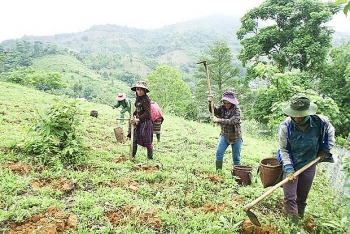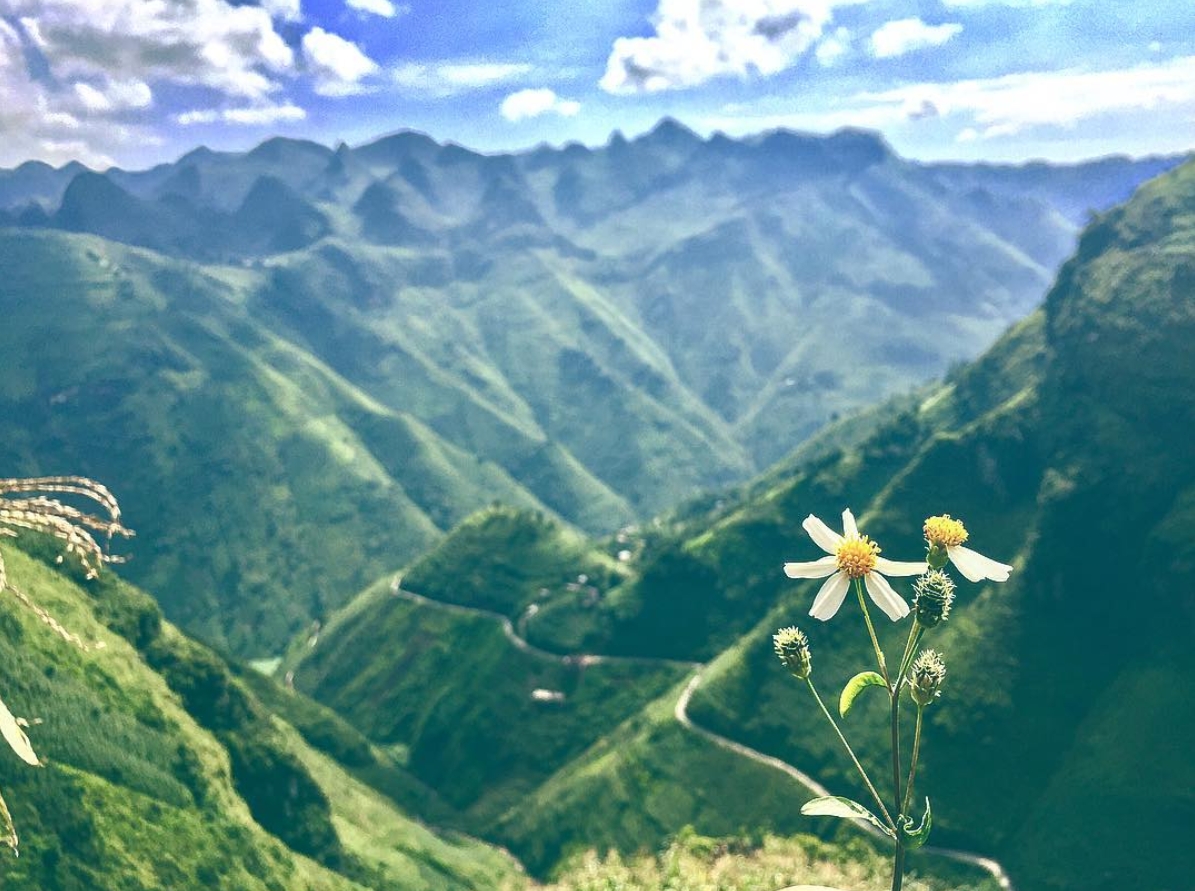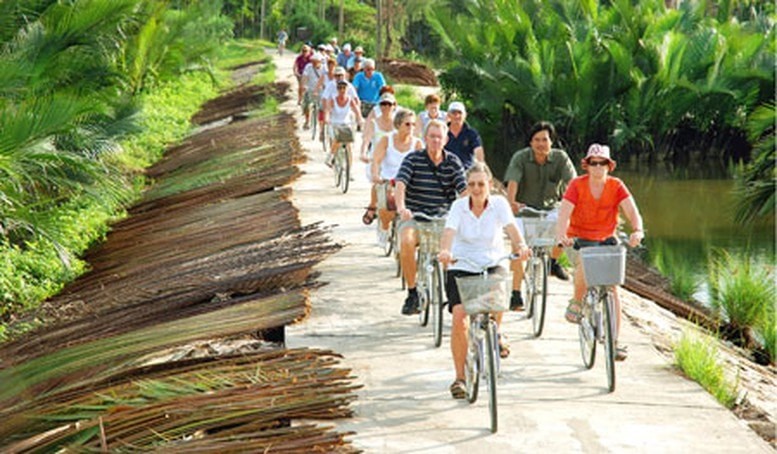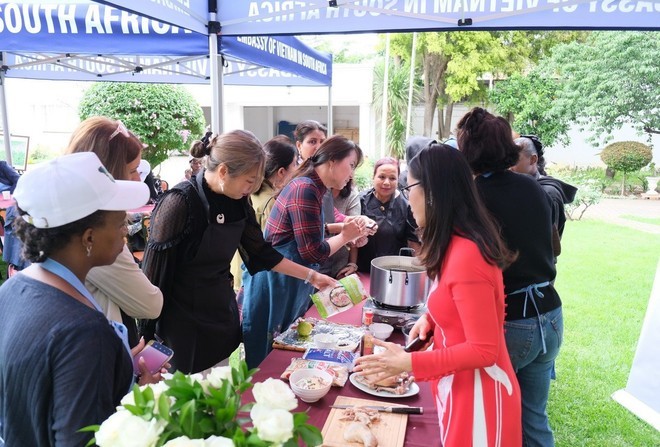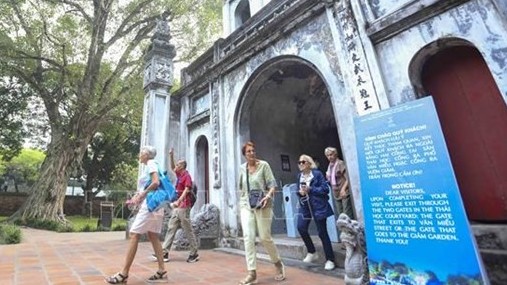Awesome "check-in" places to visit in Ha Giang in this April holidays
Ma Pi Leng Pass, Dong Van
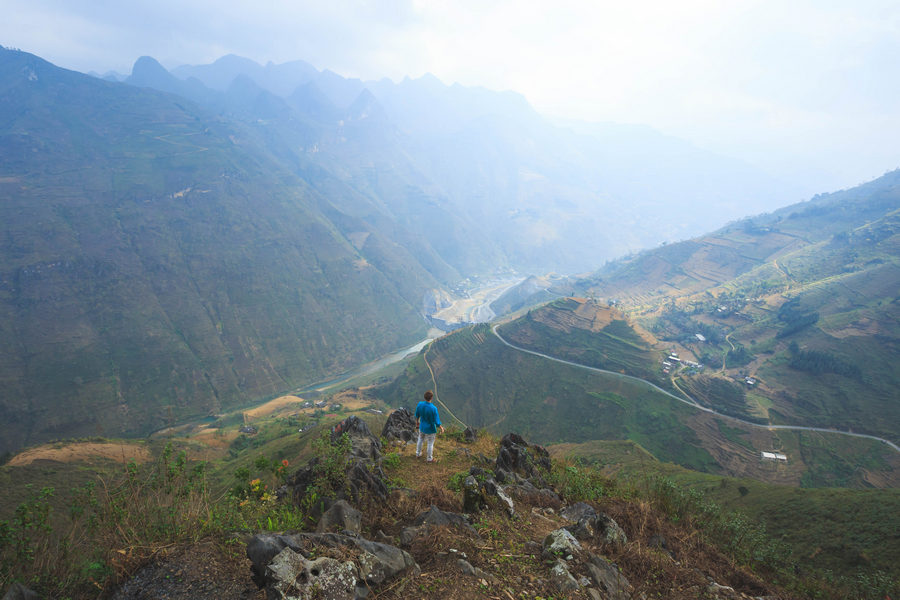 |
| Photo: The Lost Paradise |
Ma Pi Leng Pass is a high mountain pass at an elevation of 1.500m (4,921ft) above the sea level, situated between Dong Van and Meo Vac, two towns in the far North of Vietnam, close to the border with China. It’s said to be the most astonishing mountain road in all of Vietnam.
The incomparable pass belongs to Ha Giang province. It’s located along the asphalted but bumpy National Road No. 4C, nicknamed as Hanh Phuc (The Happiness Road). The climb is very challenging and dangerous. It’s the most difficult pass to build but also the most fascinating and beautiful pass to enjoy in Vietnam. The road was built in the 60s of the 20th century by a lot of workers who worked very hard for 11 years to build this road.
It is known as the King of the Vietnamese mountain passes.The road along the mountainside has romantic, stunning scenery that is ideal destination for riding motorbike. The 20km long climb inspired many people to travel to witness its breathtaking beauty. The road to the summit, regarded as “Vietnam's Great Wall”, feels like a scene from a fairytale. Ideal time to travel is daylight.
Lung Cu Flag Tower
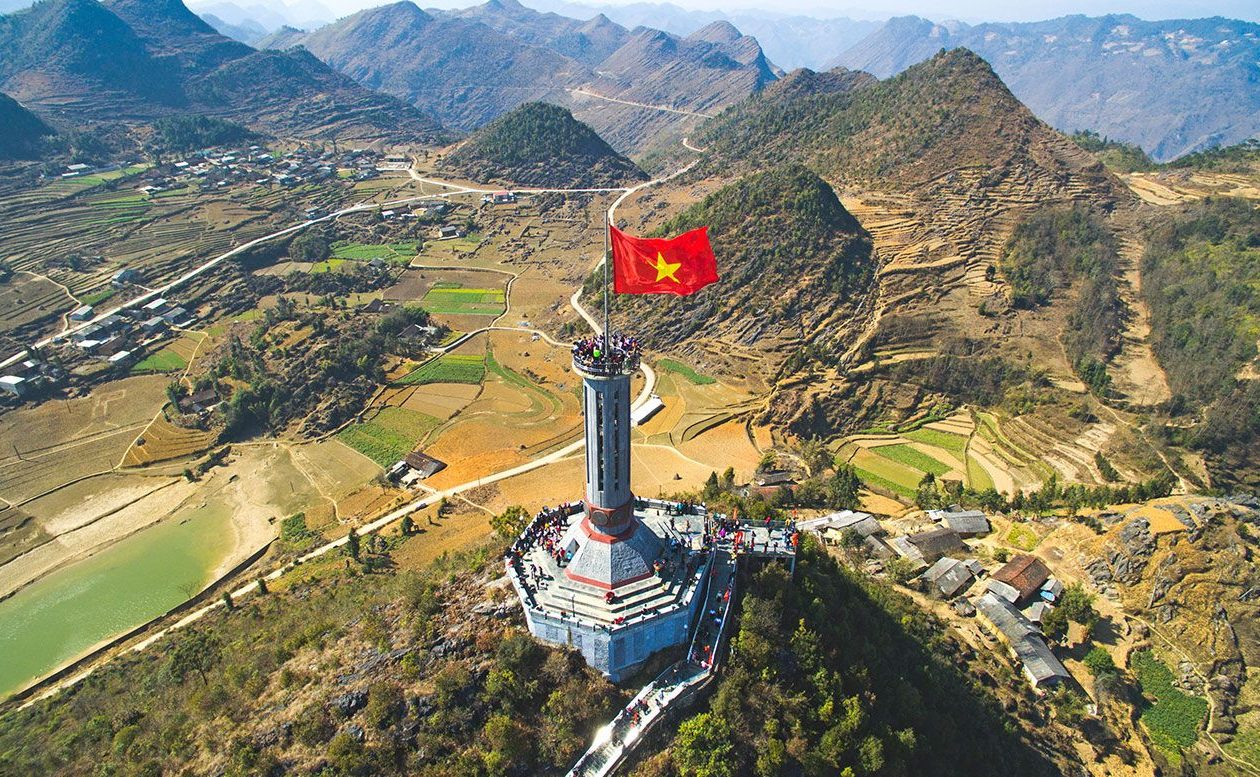 |
| Photo: Asianway Travel |
Lung Cu Flag Tower is Vietnam North Pole the furthermost point to the north of Vietnam, lying close to China-Vietnam border. Lung Cu is about 20km from Dong Van Town and 170km from Ha Giang City.
The road up to Dong Van is already hard, the road up to Lung Cu Flag Tower is even harder, car or motorbike. Once you reach the flagpole’s entrance, you’ll have to climb almost 400 steps to reach the actually flagpole. Continue to climb some more steps, the views on the top will reward your effort. The flag tower was built on the top 300m high Rong Mountain which is 1600m above sea level. Two semicircular lakes at the foot of the mountain are said to be the eyes of the dragon.
Lung Cu Flag Tower shows the affirmation of position and sovereignty of Vietnam as well as honor the patriotism and bravery of the people and soldiers in the border area. The flog on the tower has an area of 54sqm, symbolizing the unity of 54 ethnic groups in Vietnam.
Lung Cu is a great place to take panoramic photos of Dong Van, Ha Giang, especially the winding Happiness Road below.
Quan Ba Twin Mountain
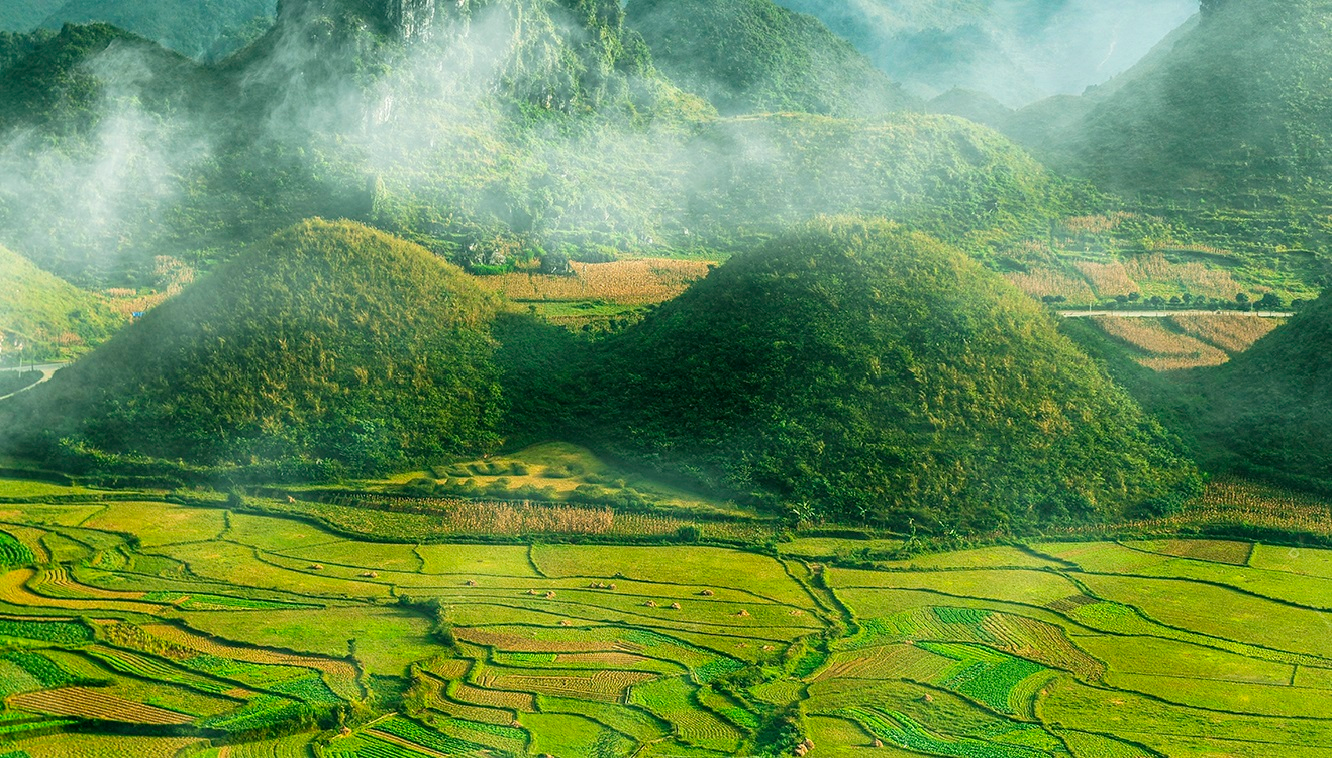 |
| Photo: Asianway Travel |
Quan Ba Twin Mountain is a lovely sight to behold from the road, over the well-shaped twin mountain lying in middle of a green valley. The two round-shaped green hills lying side by side will sure will catch your eyes because of its charming appearance. The best place to take pictures of the mountain is the mountain slope which is 1km away from Tam Son.
Right near the Twin Mountains lies the Heaven Gate which is on a height of 1500m above sea level, offering breathtaking views of the valley below. It’s such a wonderful experience to take in such scenery during your trip. You can stop at Quan Ba to a quick rest before go up the winding road to Dong Van Karst Plateau.
Vuong Mansion, Ha Giang
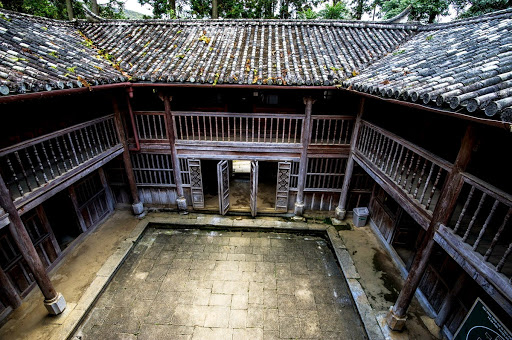 |
| Photo: Vietnam |
Located in Sa Phin Valley, Dong Van district, the Vuong Mansion is a must-see site for visitors to the northernmost province of Ha Giang, which shares border with China.
The house was originally the mansion of Vuong Chinh Duc, head of the Vuong family – the most powerful Mong ethnic family in the region more than 100 years ago. He proclaimed himself as the King of the region, and adopted the title "Vua Meo", meaning "King of the Meo" (former name of the Mong ethnic group) to dominate the entire northern mountainous region.
Lung Cam Cultural Tourist Village
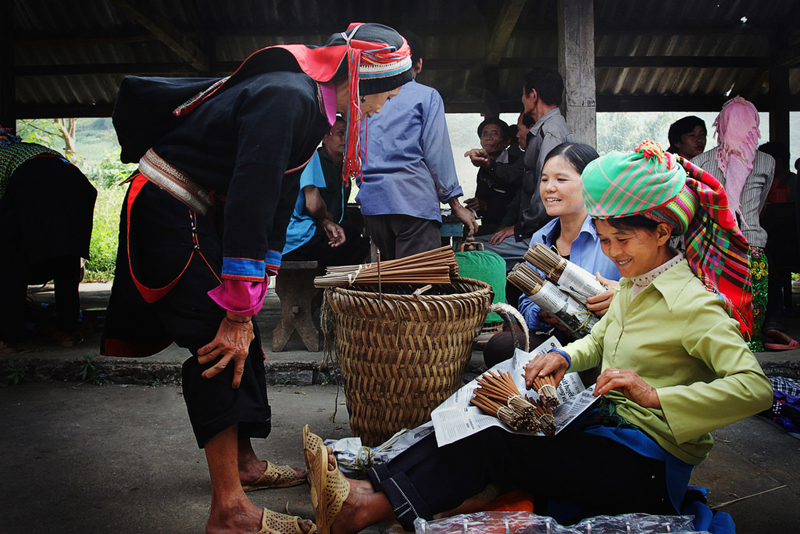 |
| Photo: Lotussia Travel |
Located in the narrow, incredibly picturesque Sung La Valley is the village of Lung Cam. Deemed a 'cultural tourist village' by the local authorities, the highlight here, aside from the stunning setting, is a century-old traditional Hmong house. The adobe structure, surrounding a stone-paved courtyard, was, in a former life, an opium emporium, and more recently featured in a Vietnamese film.
Lung Cam is located 25km west of Dong Van. If you don't have your own wheels, you can flag down any of the buses that connect Dong Van and Tam Son.
Lung Tam Village
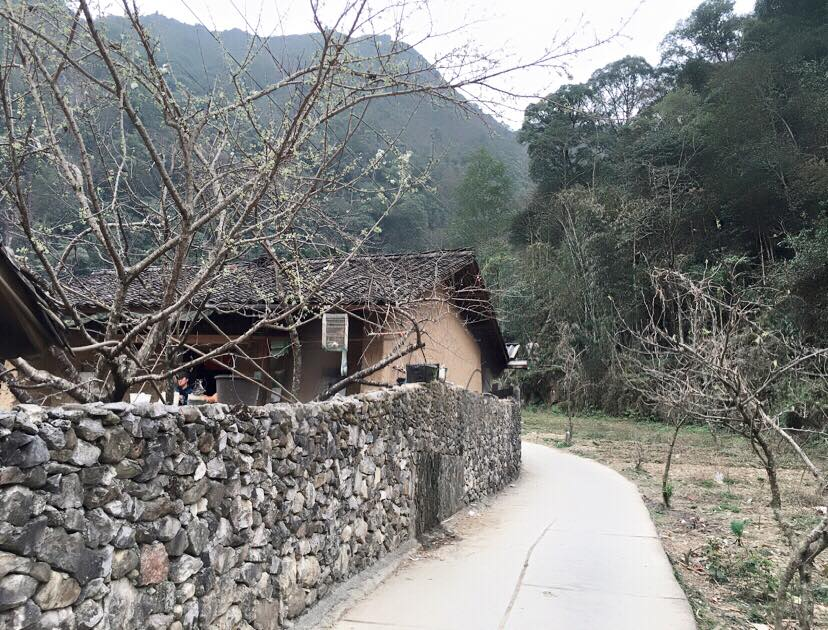 |
| Photo: myhagiang |
From Quan Ba Heaven Gate looking down, linen weaving village of Lung Tam is nestled between rocky peaks that covered by misty clouds all year round. This is the residence of the ethnic H'Mong that famous for linen weaving, indigo dying with batik technique. This is the place people think "only wearing linen, we do not lost our ancestral ..." Traditionally, each H'Mong woman has separate pieces of land for flax cultivation. It is just over two months for harvesting then the woman cut and dried for textile processing.
Indeed, to produce a product is not easy, it takes over 21 stages completed. The first is to plant flax, harvesting after 2 months, flax is dried for processing into yarn. When extracting flax bark, the women have to be very skillful so flax fiber should thin, long and not broken halfway.
These bundles of fiber are rolled tightly and put in a mortar with strong pounding to take off powder, just strong fiber left, and then rolled into the larger fibers. Through several times of water boiling with ash and one time boiling with beeswax, the fiber becomes white and softer, ready for weaving process.
After finish weaving, the cloth is repeatedly washed till become white. Then the cloth is spread on round logs, then use a rub with beeswax, sliding back and ward until it is flat.
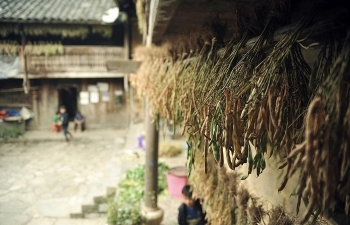 | Pao's house, a cultural and architectural attraction in Ha Giang province Pao's house, which was once the shooting scene of a famous Vietnamese movie, is now a must-see destination in Ha Giang province. The house is ... |
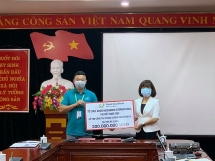 | Ha Giang province receives aid from GNI to fight COVID-19 Based on the proposal of the Ha Giang Department of Foreign Affairs, Good Neighbors International (GNI) in Vietnam on March 30 donated VND 200 million ... |
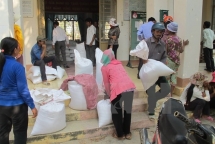 | Almost 536 tonnes of rice offered to northern Ha Giang province Prime Minister Nguyen Xuan Phuc has decided to provide nearly 536 tonnes of rice as aid to the northern mountainous province of Ha Giang during ... |
Recommended
 Travel
Travel
International Arrivals to Vietnam Hit New Record in 2025, up Over 20%
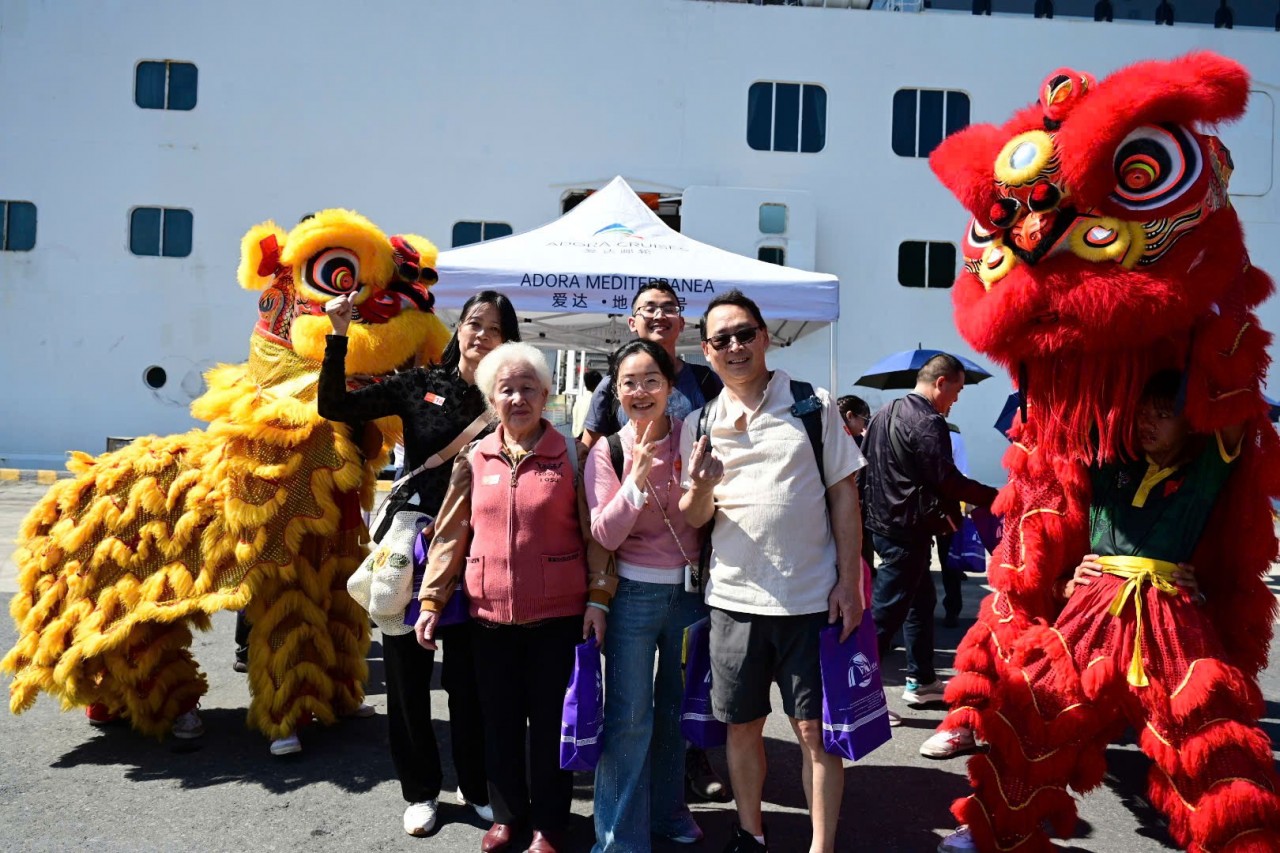 Travel
Travel
New Year’s Day 2026: Vietnam’s Tourism Makes Impressive Start with 3.5 Million Visitors
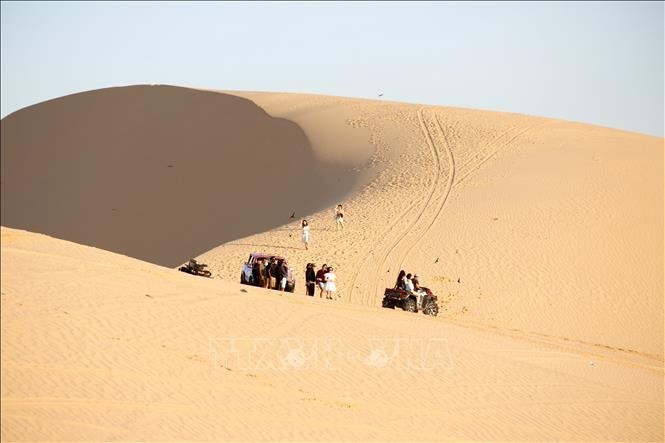 Travel
Travel
Vibrant Destinations for New Year 2026 Holiday
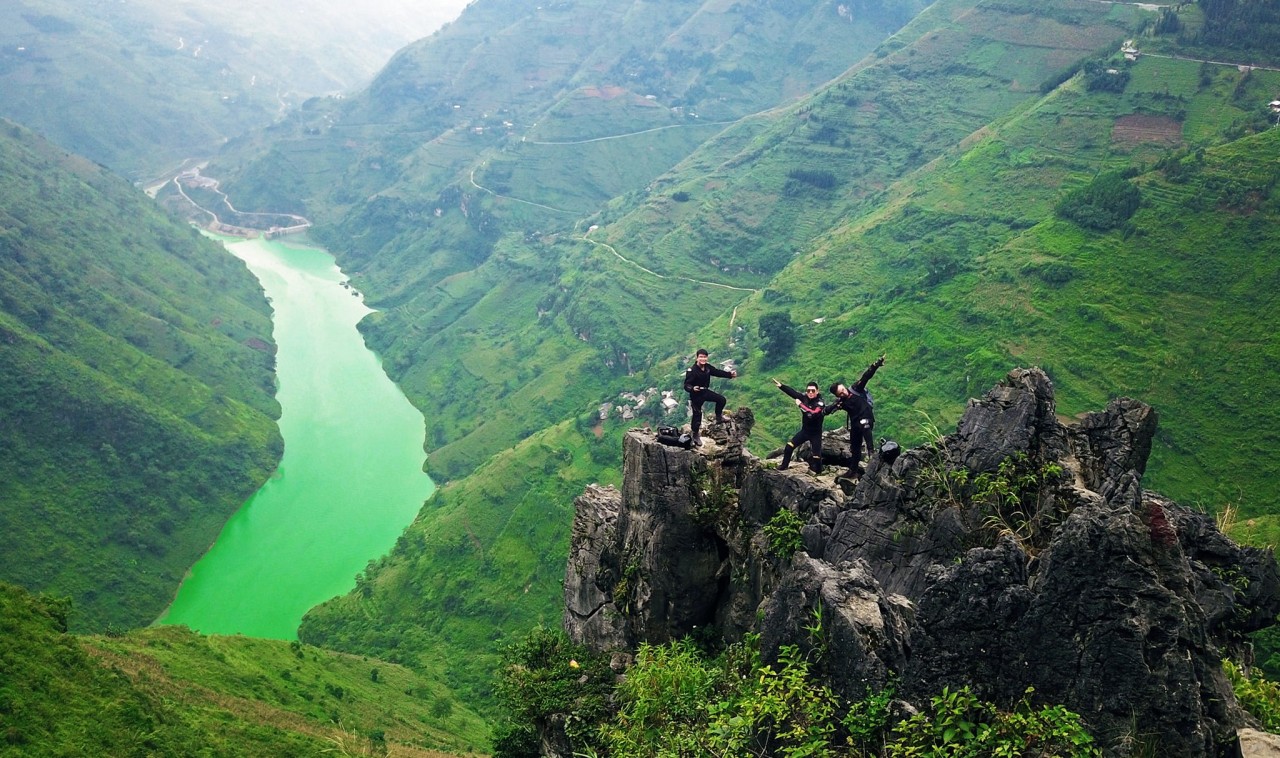 Travel
Travel
Tourism Industry: 2025's Bright Spot of Economic and Social Growth
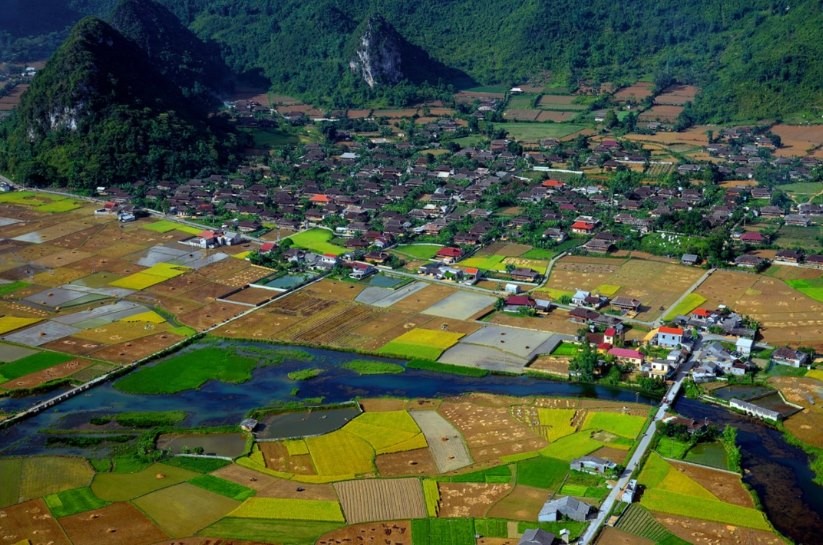 Travel
Travel
GMS International Conference with Focus on Sustainable Tourism Development
 Travel
Travel
Visitors to Explore Ancient Conifer Forest at Phong Nha-Ke Bang for First Time
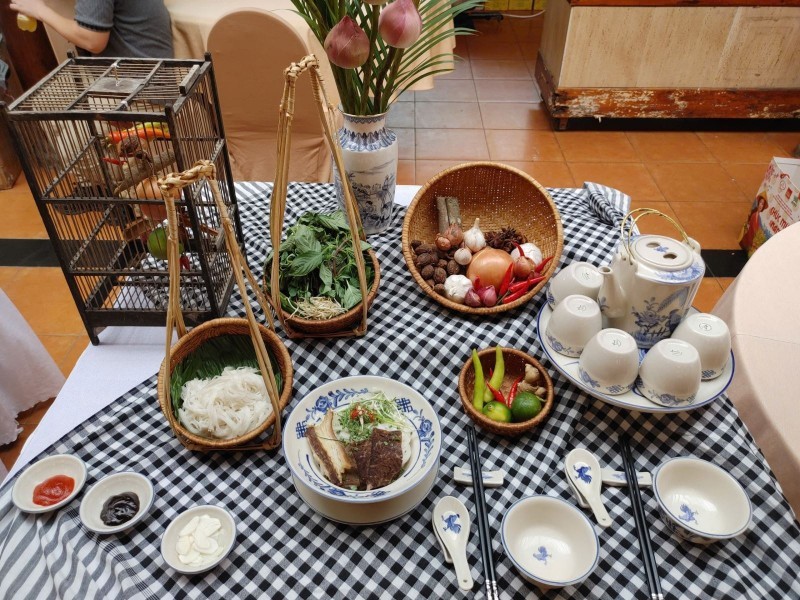 Travel
Travel
“Vietnam Pho Festival 2025” Kicks Off in Singapore
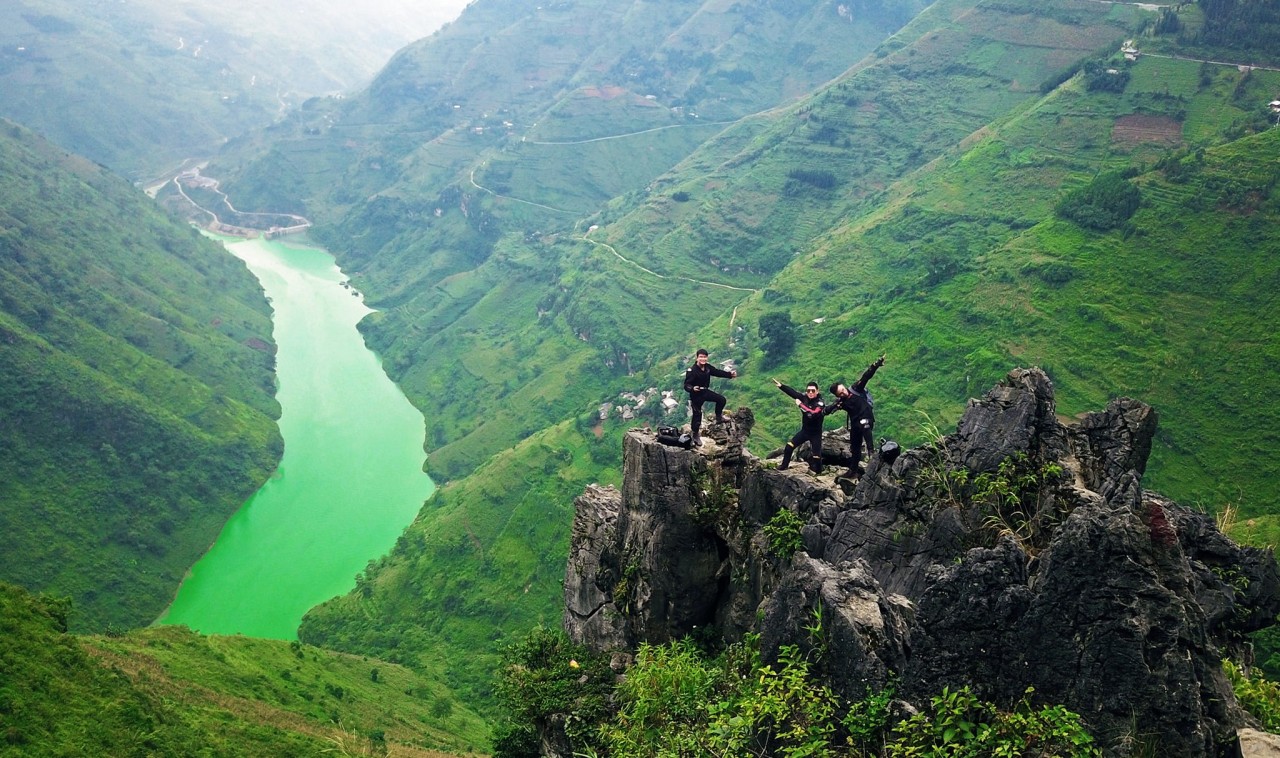 Travel
Travel

